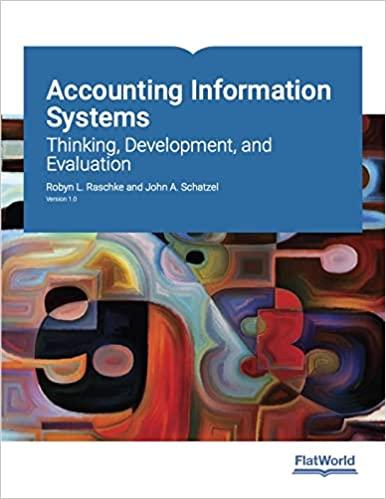

7. Consider the following noncooperative game with perfect recall in extensive form Player 1, who can be either type 1 or 2, moves first, choosing either L or R. Player 1 knows her type but player 2 does not have this information. Player 2, who moves second, can observe player 1's move but not her type. If player 1 moves L, player 2 can only move B. If player 1 moves R, player 2 can move either T or B. Player 2 assigns prior probabilities to types 1 and 2 as: (1)=0.6 and (2)=0.4. (a) Prove that it is a Nash equilibrium for both 1 and )2 to move L and for player 2 to respond with B. (b) Prove that the above Nash equilibrium is a sequential equilibrium. (c) Prove that the above sequential equilibrium passes the Cho-Kreps Intuitive Criterion. (d) Prove that the above sequential equilibrium passes Cho's Forward Induction equilibrium refinement.* (e) Prove that the above SE fails the universal divinity test. (f) Prove that it is also a Nash equilibrium for both 1 and 2 to move R and for player 2 to respond with T. (g) Prove that the Nash equilibrium in (17f) is a sequential equilibrium. 7. Consider the following noncooperative game with perfect recall in extensive form Player 1, who can be either type 1 or 2, moves first, choosing either L or R. Player 1 knows her type but player 2 does not have this information. Player 2, who moves second, can observe player 1's move but not her type. If player 1 moves L, player 2 can only move B. If player 1 moves R, player 2 can move either T or B. Player 2 assigns prior probabilities to types 1 and 2 as: (1)=0.6 and (2)=0.4. (a) Prove that it is a Nash equilibrium for both 1 and )2 to move L and for player 2 to respond with B. (b) Prove that the above Nash equilibrium is a sequential equilibrium. (c) Prove that the above sequential equilibrium passes the Cho-Kreps Intuitive Criterion. (d) Prove that the above sequential equilibrium passes Cho's Forward Induction equilibrium refinement.* (e) Prove that the above SE fails the universal divinity test. (f) Prove that it is also a Nash equilibrium for both 1 and 2 to move R and for player 2 to respond with T. (g) Prove that the Nash equilibrium in (17f) is a sequential equilibrium








